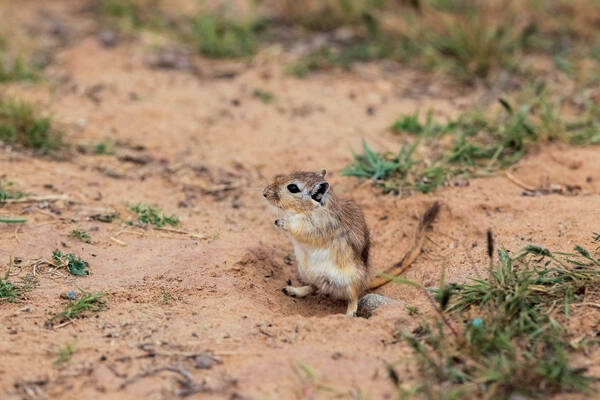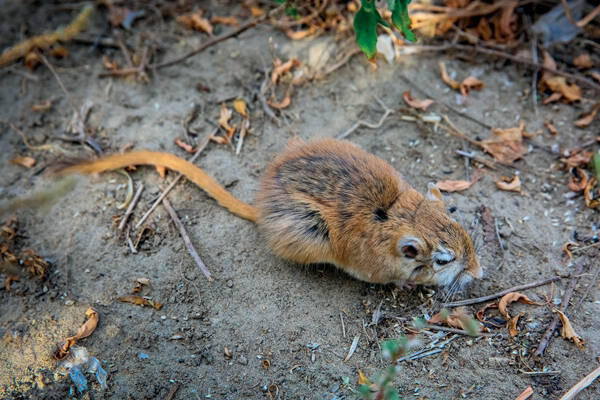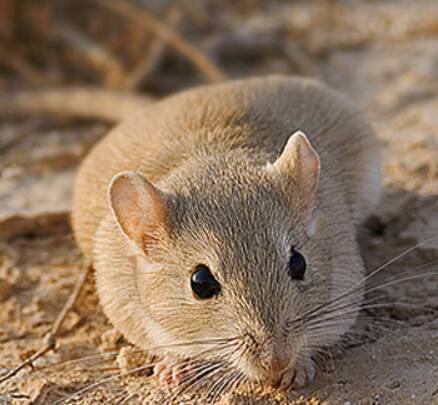
Gerbils live in colonies, often active during the day, and do not hibernate. In winter, the daily activity rhythm is unimodal, and its activity range generally does not exceed 2.5m; in summer, it is bimodal. As the temperature rises, outdoor activities gradually decrease. They do not go out at noon,...

The long-clawed gerbil is a small grassland animal, between the size of a large rat and a small rat, a small to medium-sized rodent, and its appearance is very similar to that of the meridian gerbil. It belongs to the subfamily Gerbillinae. The species-level classification status is stable, and only...

Tamarix gerbils belong to the Gerbillinae subfamily. The species-level classification status is stable, with 5 subspecies. Tamarix gerbils are the largest species of the genus Gerbil, mainly active in semi-desert meadows and grass, and also more in dry riverbeds and abandoned farmland. In the living...

Merionis meridianus is a gerbil unique to my country, belonging to the Gerbillinae subfamily. The species-level classification status is stable, with many subspecies, 15 in total. At least 7 subspecies have been described in China, but whether they are all valid needs further study. It mainly lives...

Red-tailed gerbils belong to the Gerbillinae subfamily. The species-level classification status is stable, and there are many subspecies, up to 15. Xinjiang is the eastern edge of the distribution of red-tailed gerbils. It is a common species in desert oases, often cohabiting with giant gerbils (<...